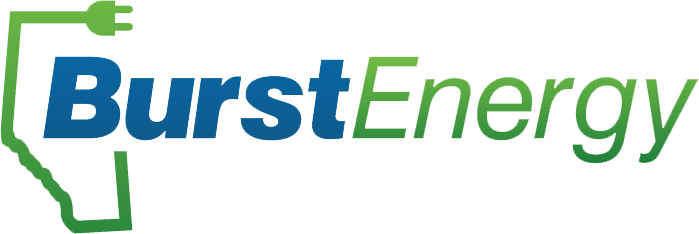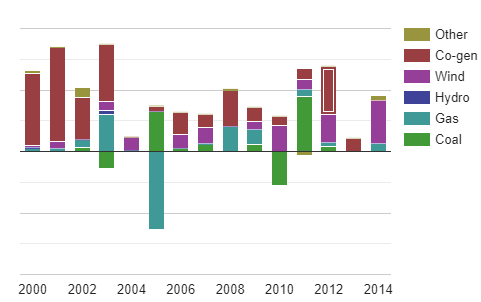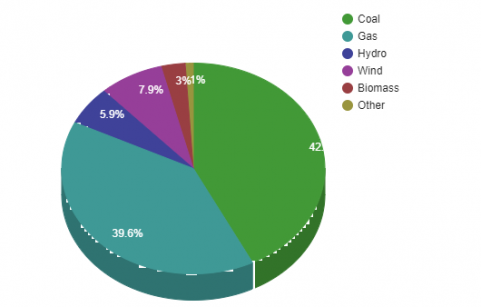Alberta Goes Nuclear
As efforts to ‘green’ our energy production, the province looks at new ways to incorporate nuclear fission in oil extraction and electricity production.
If the mention of nuclear energy has you conjuring up images of Homer Simpson and the three-eyed fish, you may be surprised to find out how reliable, efficient and clean nuclear energy really can be. Although it is a relatively new idea in Western Canada, Eastern Canada has benefitted from nuclear power production for years. In fact, the most recent data (July 2021) indicates that approximately 15% of our total energy production in Canada is nuclear generated. This is thanks to 19 nuclear reactors, primarily in Ontario, using this emission-free alternative to carbon-generated electricity.
In 2018, the New Brunswick provincial government committed to a $10M investment in Small Modular Reactor (SMR) research. The following December (2019), Ontario, New Brunswick and Saskatchewan committed to collaborate on the development and use of SMRs before Alberta formally joined the memorandum of understanding in summer of 2020.
Nuclear Fission
SMRs (and nuclear reactors in general) utilize a process of nuclear fission to harness the energy released when atoms split. To accomplish this, uranium is acquired and prepared. Uranium is first enriched in a multi-step process, then pressed from powder into small pellets which are loaded into hundreds of sealed metal rods and bound together into groups of ‘assemblies’. These assemblies each contain approximately 200 rods which are immersed in water, which cools the uranium and moderates the rate of neutrons produced when the reactor is active. The extreme heat which is produced through the process of nuclear fission is used to power a turbine which produces carbon-free electricity.
To put the term ‘high-temperature’ into perspective, a decommissioned reactor must be immersed in water for up to five years until it is cool enough to be removed and stored.
Using Small Modular Reactors brings with it many advantages, proponents of the technology maintain. First, these small reactors do not require the financial input or infrastructure needed for traditional nuclear reactors. These units are small enough to be manufactured at a centralized facility and shipped out to site.
Because of their size and portability, SMRs could effectively generate electricity even in remote locations. While a traditional nuclear reactor requires access to the electrical grid for discharging the huge amounts of energy produced, SMRs control their output based on demand. Without construction lead-time, SMRs can be operational almost immediately and can be added to, as needed. This means that return on investment begins as soon as the SMR is operational. The flexibility offered by SMRs is not exclusive to remote residential communities, since the high-temperature steam can also be used to power oil extraction services.
Since nuclear energy is emission-free, Alberta Premier, Jason Kenney, says he hopes it will help cut overall emissions “… without making Alberta’s energy sector uncompetitive”. The ability to support large facilities, such as water treatment plants in remote locations, has huge implications for the province — but there are many facets to the discussion which must be carefully considered.
Nuclear Concerns
Nuclear fuel is among the most robust forms of energy available, producing millions of times what can be achieved with a comparable amount of traditional fuel (such as gasoline). In this way, the difference in fuel-to-nuclear energy output could be likened to the difference in flow between a dripping faucet… and a tsunami. The resulting products of nuclear fission are, however, highly radioactive and they retain their radioactive properties for long periods of time. Cooling pools effectively block this radiation while cooling the assembly and SMRs would decrease the amount of time needed for cooling the assemblies. Nonetheless, this is the reason for concerns over nuclear waste (and, presumably, the reason that fish got its third eye). Nuclear waste (or tails) consists of depleted uranium and is typically stored in 14-ton cylinders. The cylinders are well insulated to retain the radiation and are even safe to touch.
According to nei.org, all of the nuclear waste produced in the United States to date could fill a football stadium 10 yards deep – but coal plants generate this much waste every hour.
Historical Controversy
Despite the numerous benefits of nuclear generated energy, Alberta has had an on-again, off-again relationship with nuclear in the past. Bruce Power, operator of the biggest nuclear plant in Canada on Lake Huron, walked away from plans to develop a $10B nuclear facility near Peace River in 2011. The company had been working for four years to bring the project to fruition but were ultimately not successful in alleviating concerns over potential impact to water sources and wildlife expressed by the community.
In 2008, a chapter of the Keep Alberta Nuclear Free Coalition was recognized in the Peace River Region and added vocal opposition to the debate and protests already active in the community. After two failed site proposals, the company rescinded its application with the Canadian Nuclear Safety Commission. Instead of continuing its efforts to establish nuclear power in Alberta, Bruce Power returned its focus to their Ontario operations — investing $4.8 billion to refurbish two of its units by 2012.
Looking Forward
While nuclear waste is an important consideration in where and how we implement nuclear energy, the overall impact of nuclear waste has been a topic of significant misinformation. As Alberta steps further into nuclear technology research advancement, we can expect a more thorough understanding of how nuclear energy could support the province’s energy needs, as well as potential developments in nuclear medicine and how best to manage waste.
Burst Energy is proud to support Albertans, and we look forward to updating our Burst Energy Family about new developments in nuclear research as this effort begins to gain momentum and public support.
Are you or someone you know paying too much for gas and electricity? Visit BurstEnergy.ca and request for a complimentary review and quote from the bottom of most pages!
Search
Date
Recent Posts
More Posts Like This
Start saving today!
To find out how Burst Energy can improve your current electricity and natural gas services, give us a call today.
Request a complimentary bill review and quote





